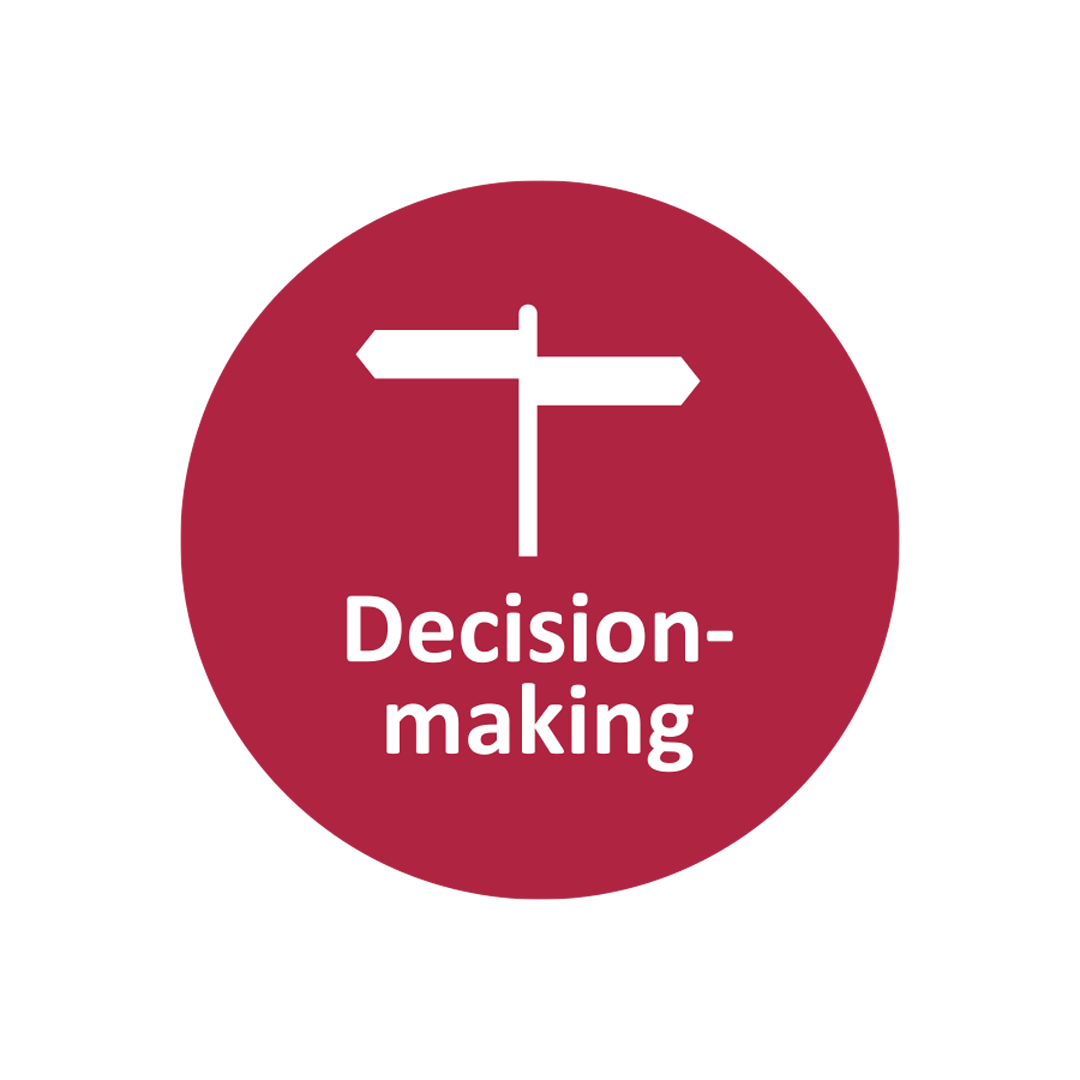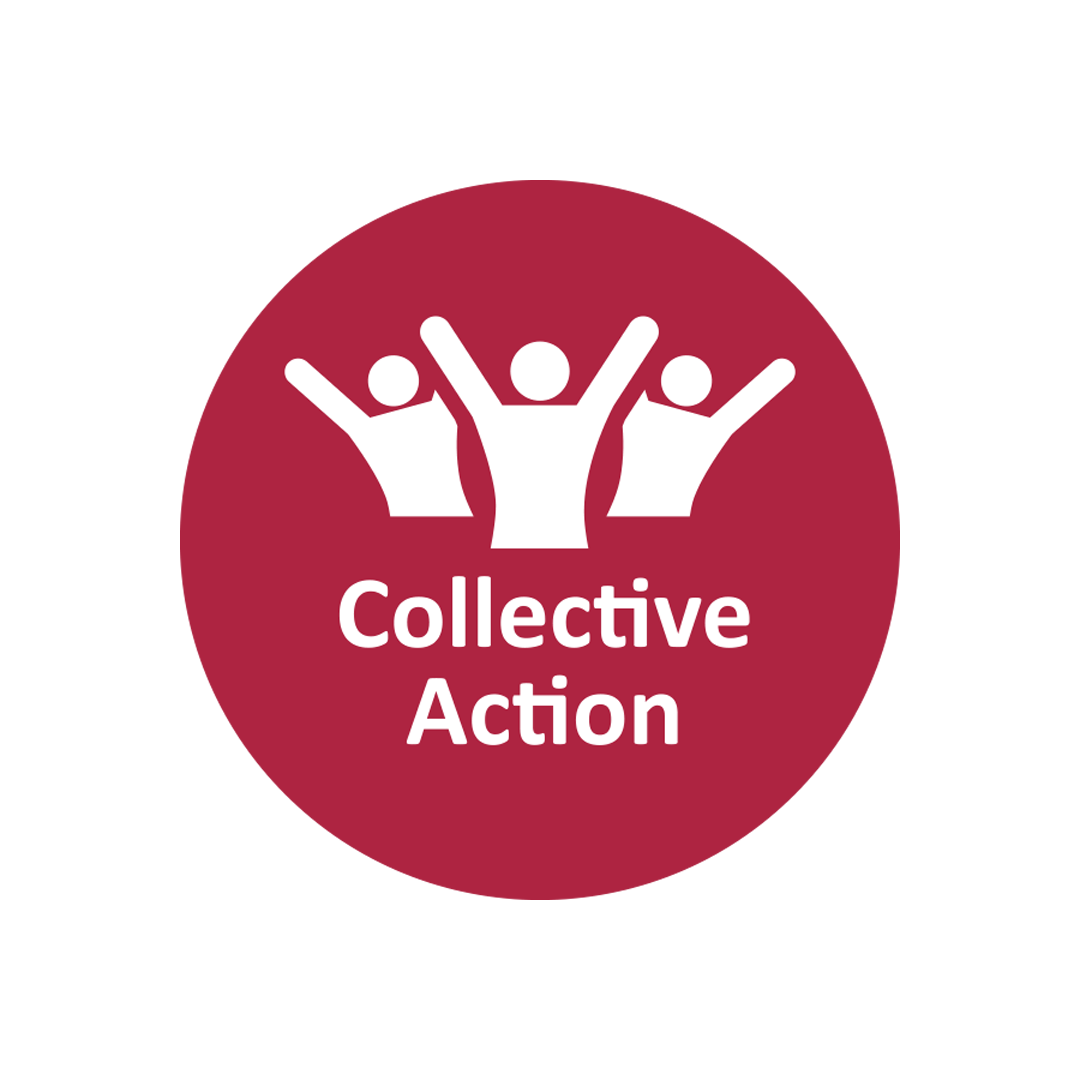
TIPS FOR MEASURING DECISION-MAKING
- Use formative and qualitative research to understand the extent to which women and girls are satisfied with the outcomes of the decisions that affect their lives, including those that they make. Assess if women desire
decision-making control unilaterally or jointly with partner or parent, so you have clarity on interpretation of findings. - Include questions or indicators that capture the processes and influences in decision-making in addition to measuring the final outcome
Illustrative Indicators<br />AGENCY - DECISION-MAKING
AGRICULTURE
OUTCOMES
INDICATORS
1.1.1. % of rural women with input into productive decisions
1.1.2. % of rural women with access to and decision-making power over credit
2.1.1. % of rural women with input over land use
2.1.2. % of rural women with knowledge of new farming techniques
FAMILY PLANNING
OUTCOMES
INDICATORS
1.1.1. % of women who report their husband's disapproval as reason for discontinuing contraceptive use
1.1.2. % of women currently using family planning whose decision to use it was made independently or jointly with their husband partner
1.2.1. % of health care workers who believe that young women should have access to family planning services even if they aren't married
1.2.2. # of family planning clinics in each inner-city slum
PROXY MEASURES VERSUS DIRECT MEASURES - WHAT’S THE DIFFERENCE?
The most common direct measure of agency is decision-making. Common proxy indicators include education, employment or individual control over assets. Although they are more focused, direct measures often require more questions in a survey to capture a full picture of agency. Proxy measures may be simpler and cheaper to implement, but they do not necessarily give a full picture of reality.
For example, the proxy measure education would not tell you whether a woman’s level of education causes or is caused by greater empowerment among women. In some studies, proxy indicators are categorized as resources, and so are used in addition to the direct measure of decision-making (one component of agency) to capture a more accurate picture of agency in that setting.


